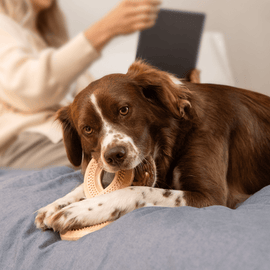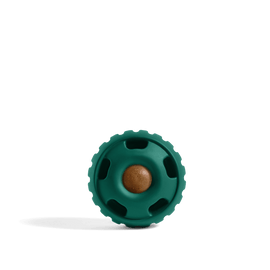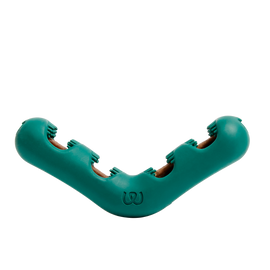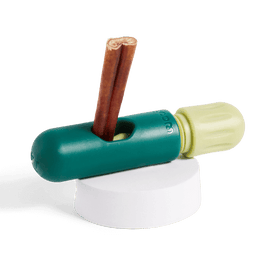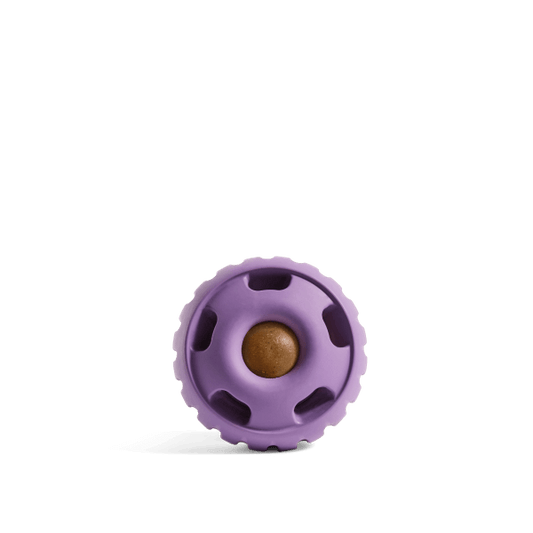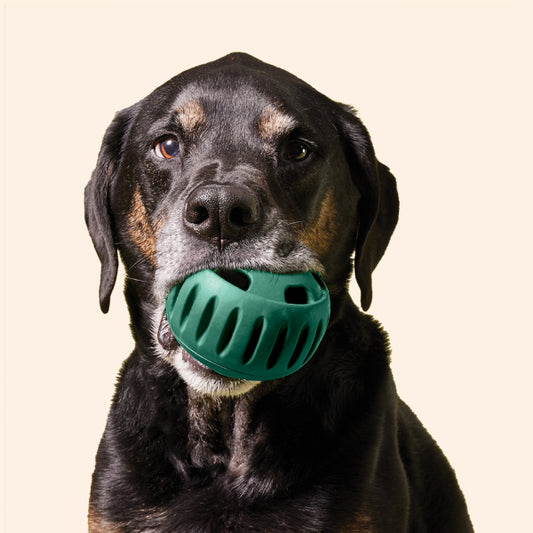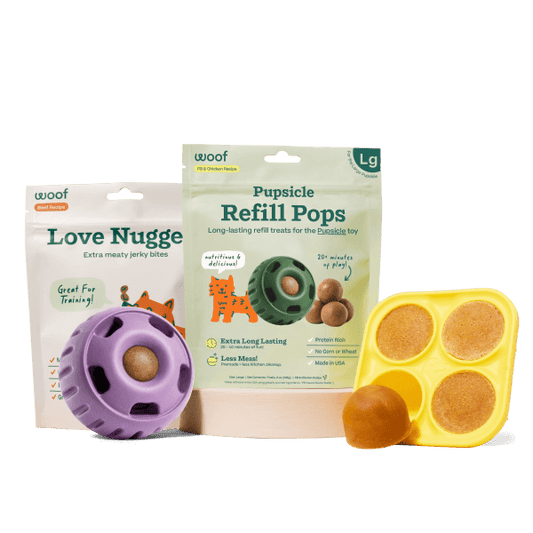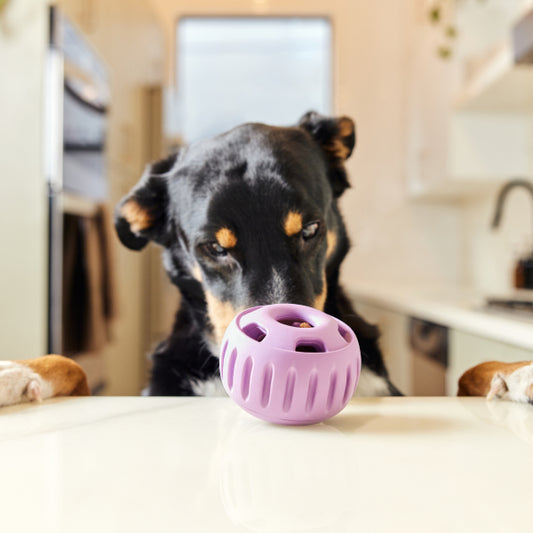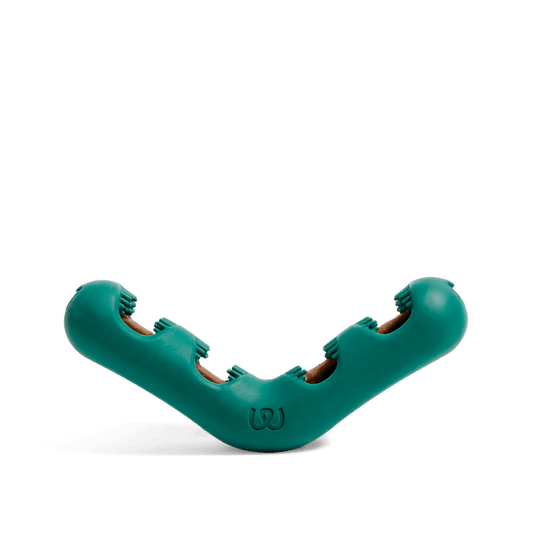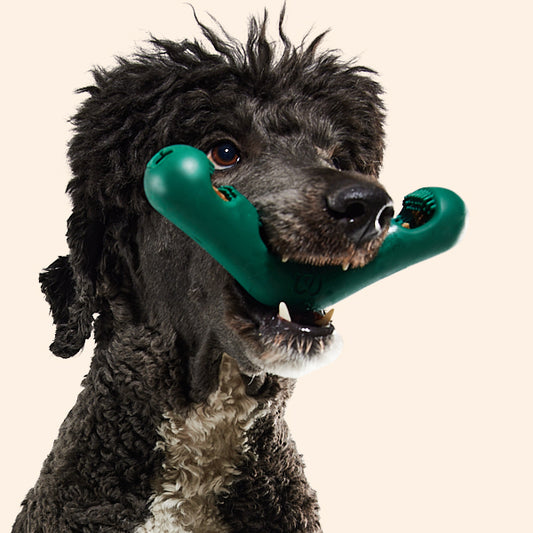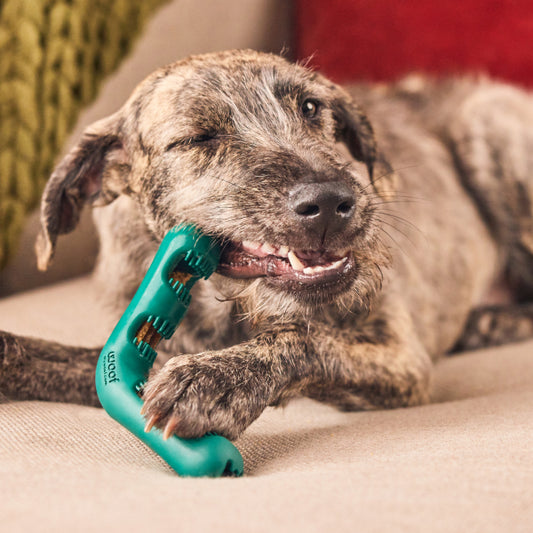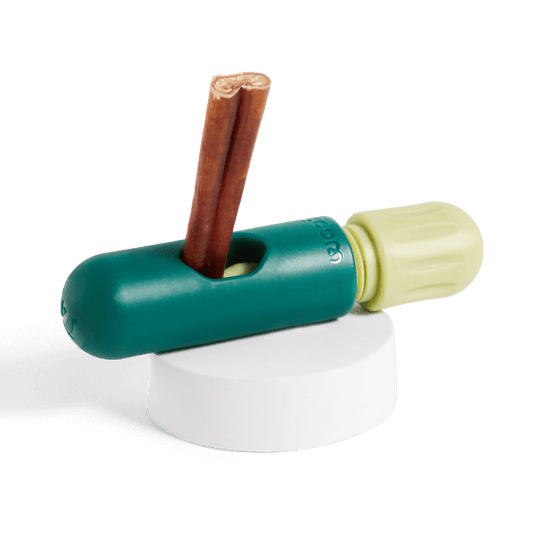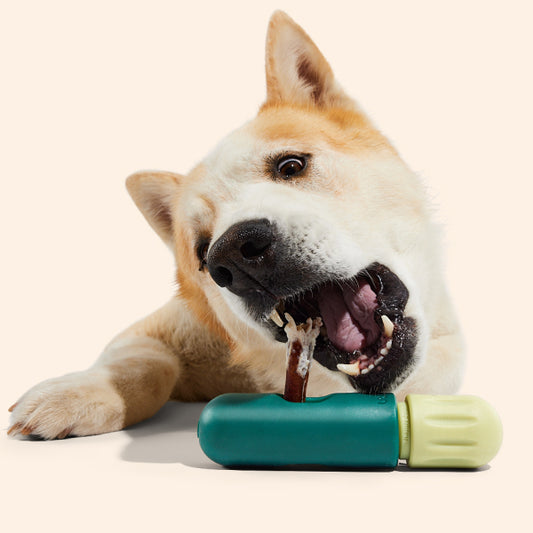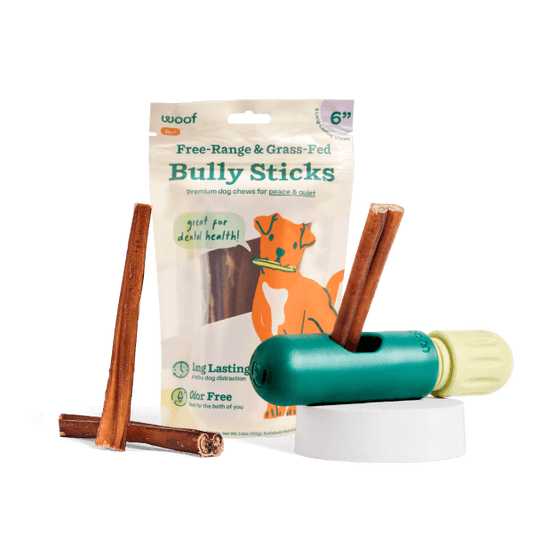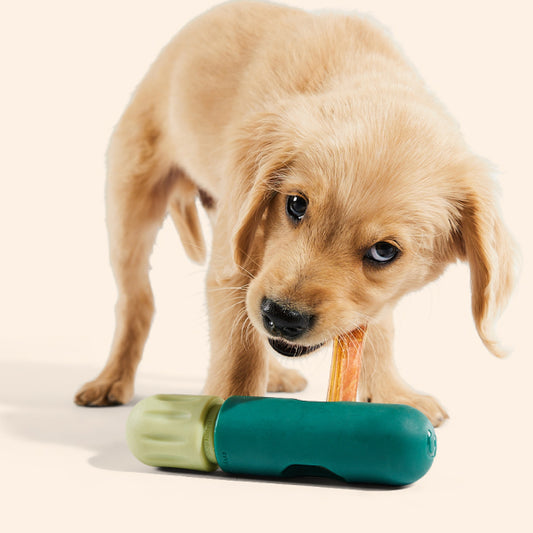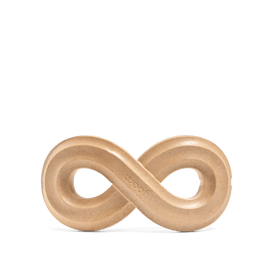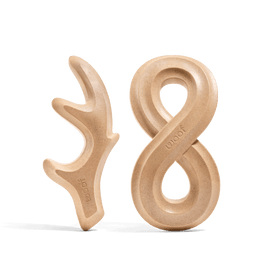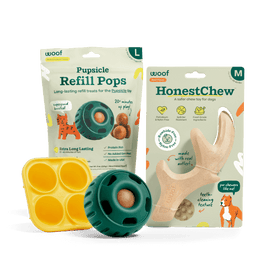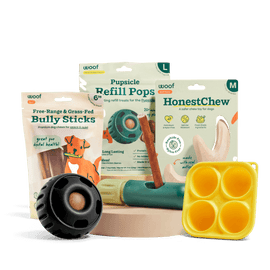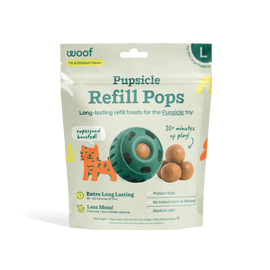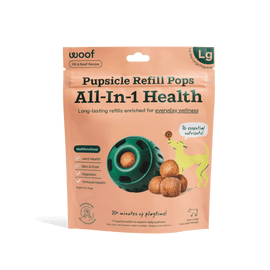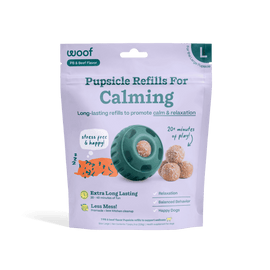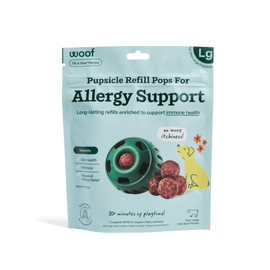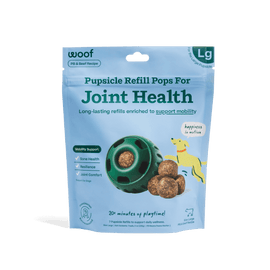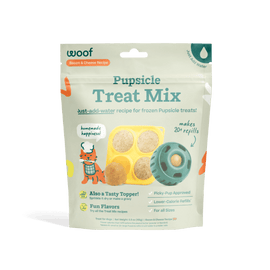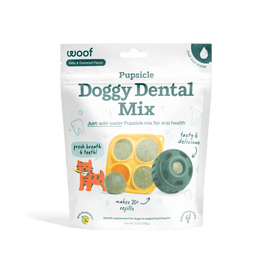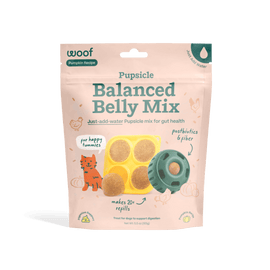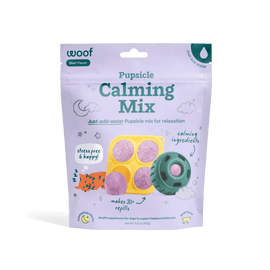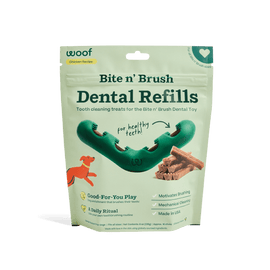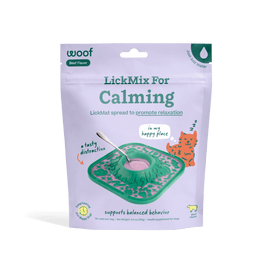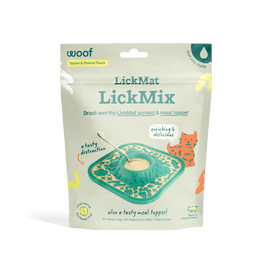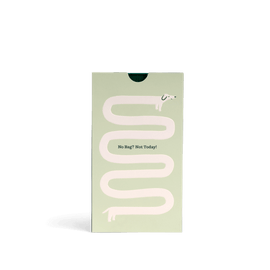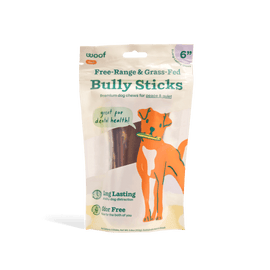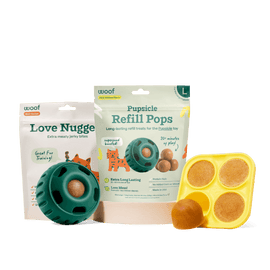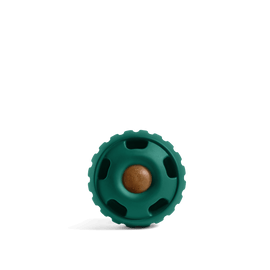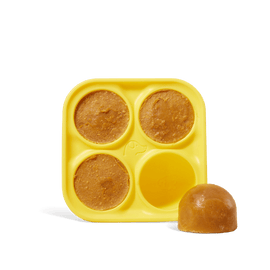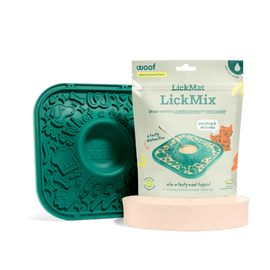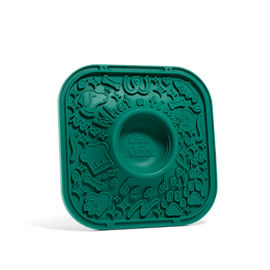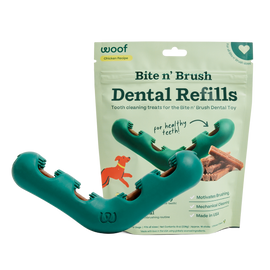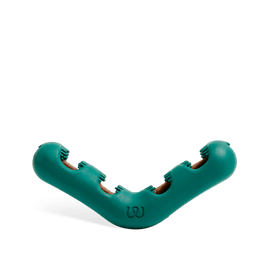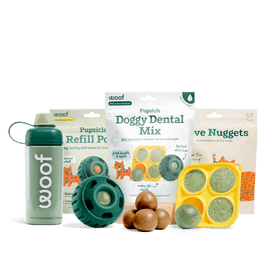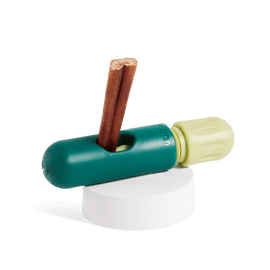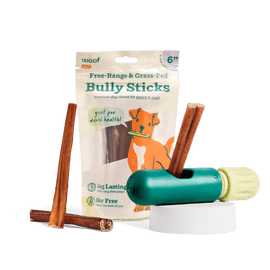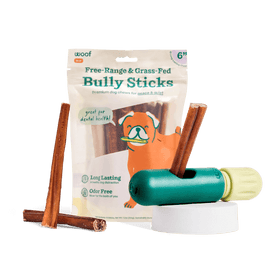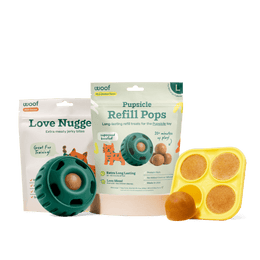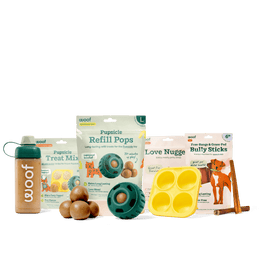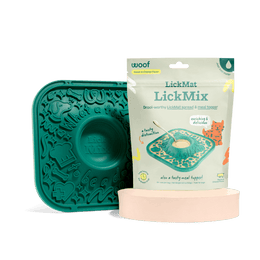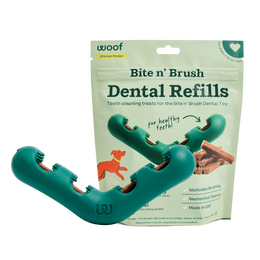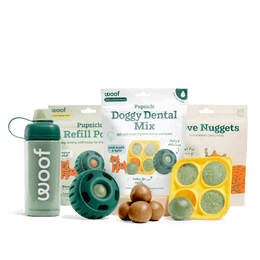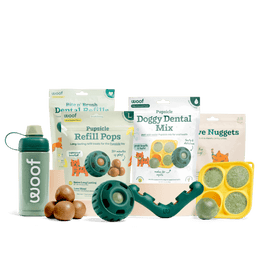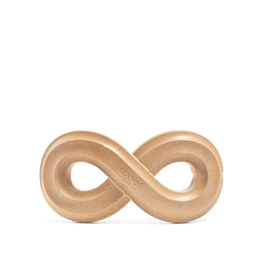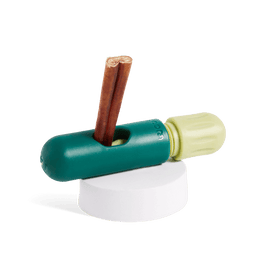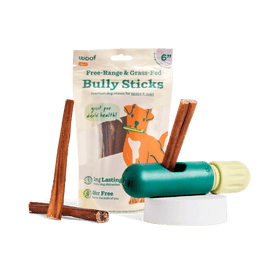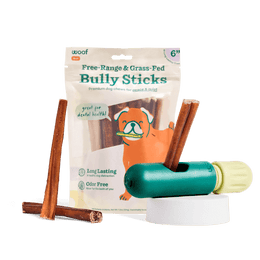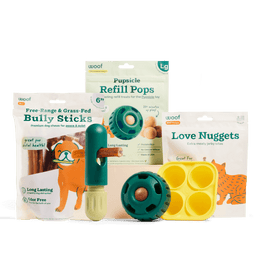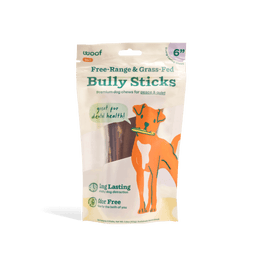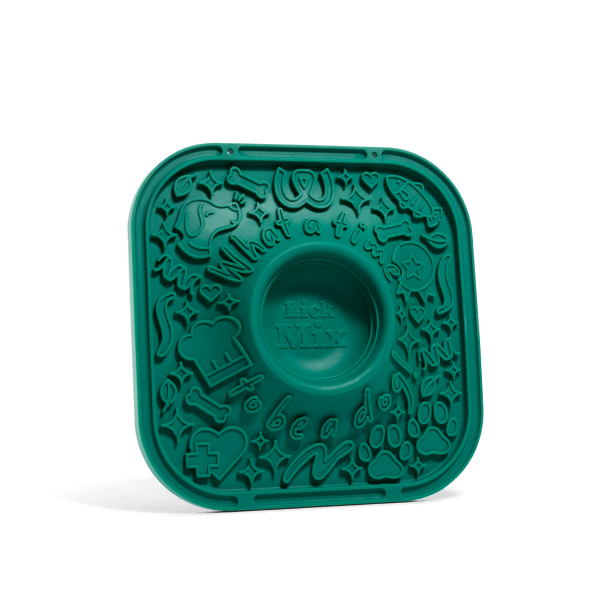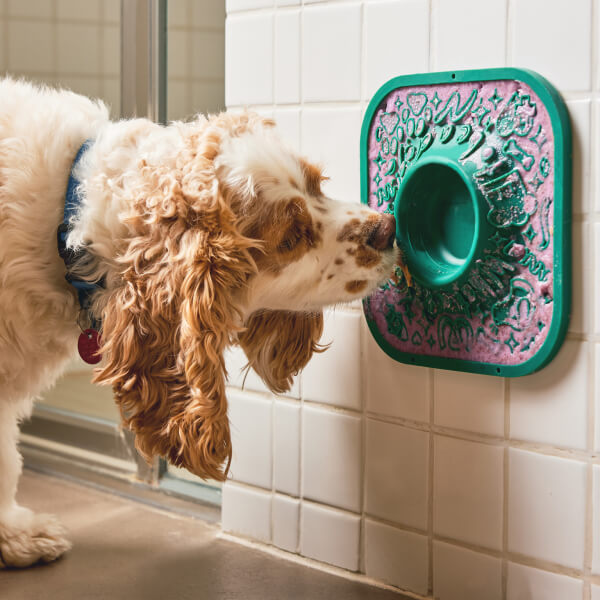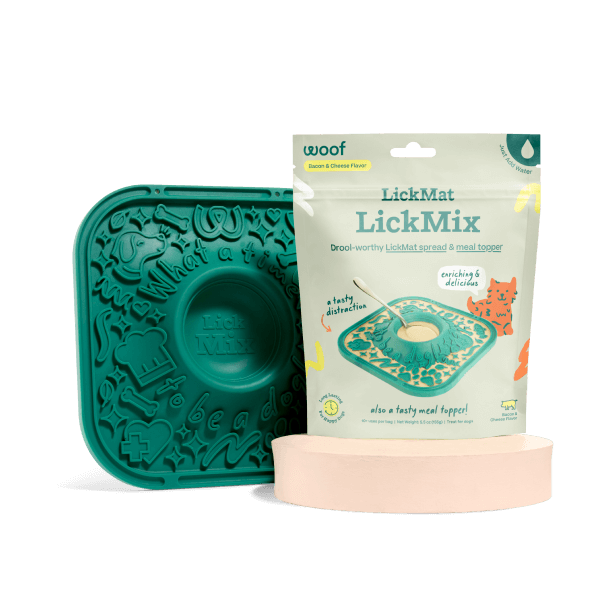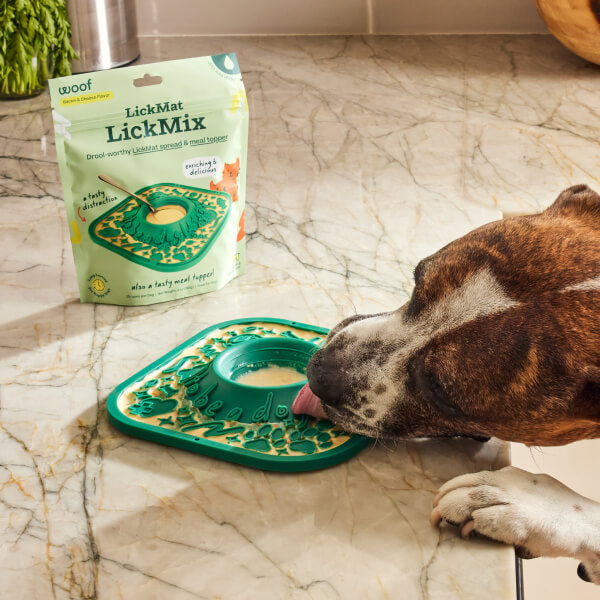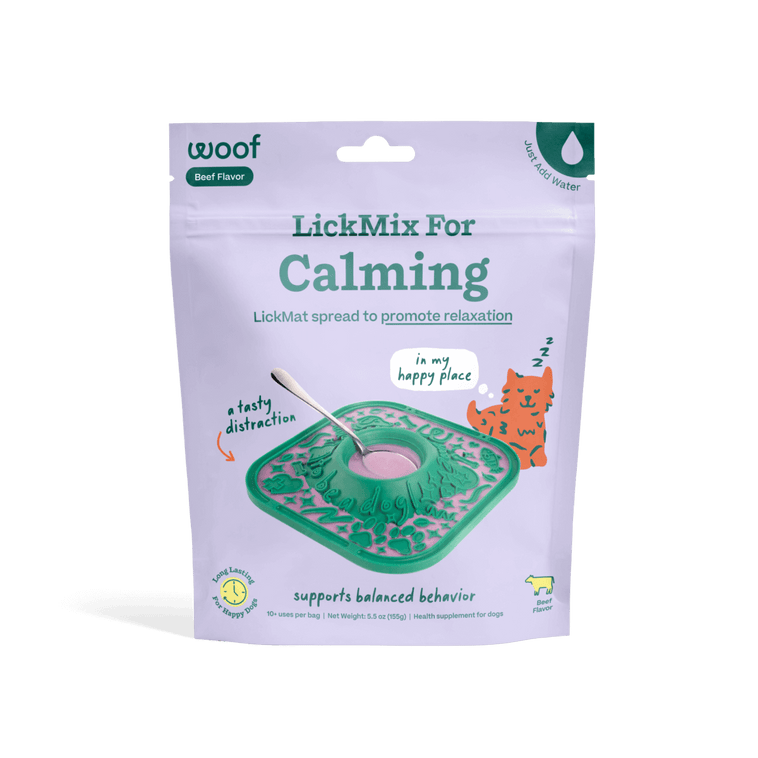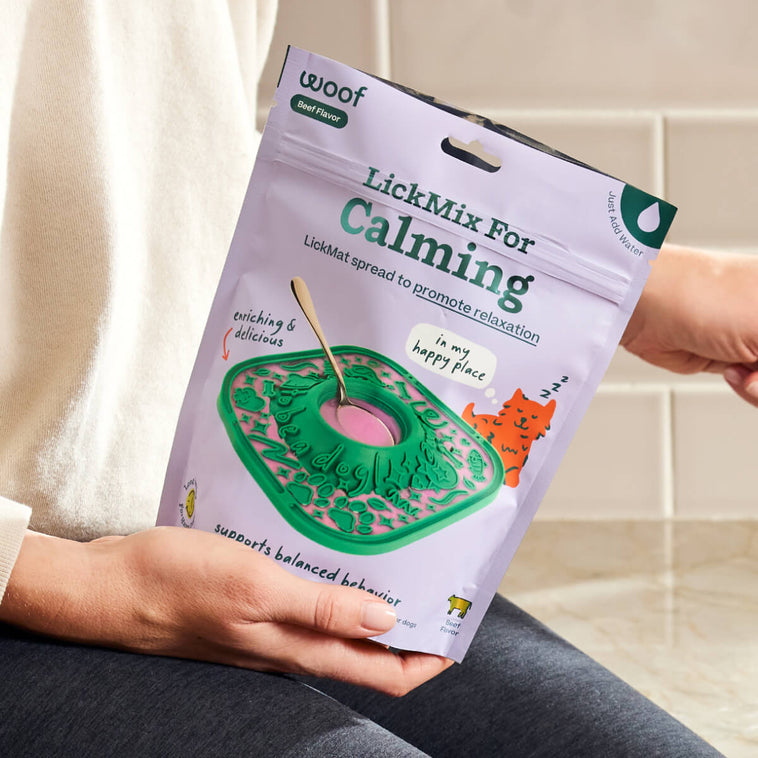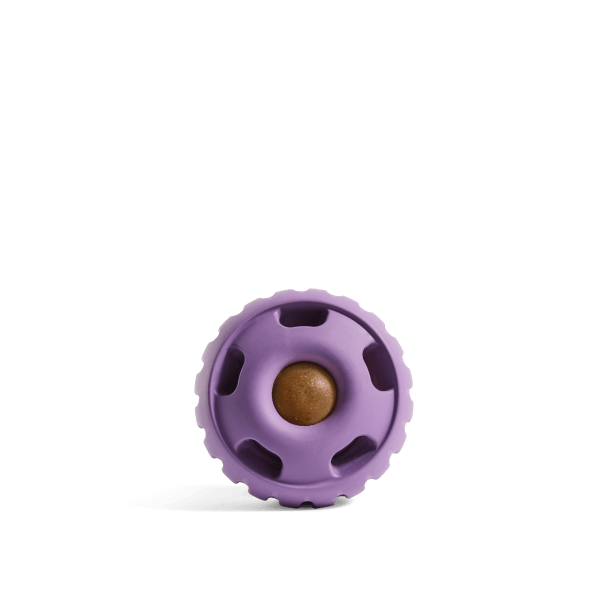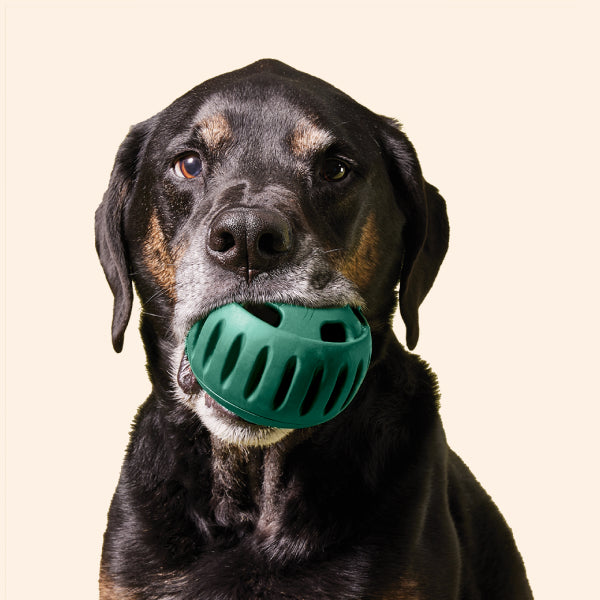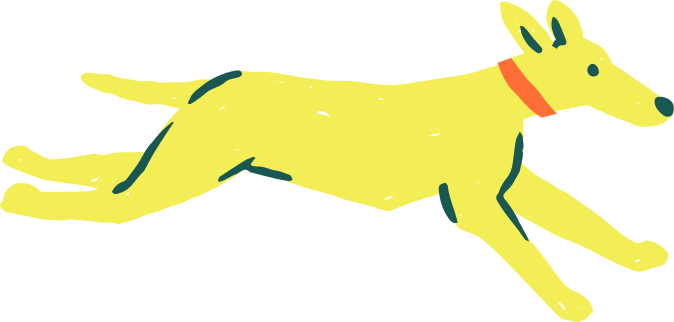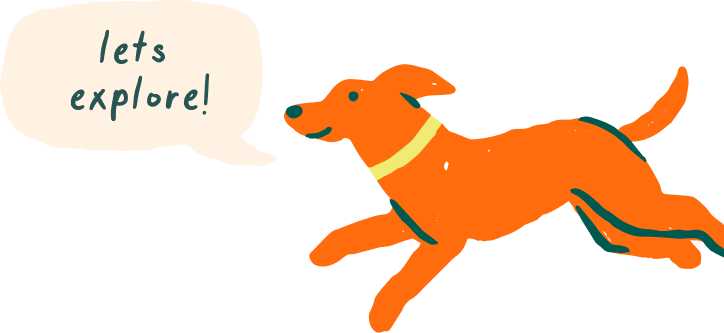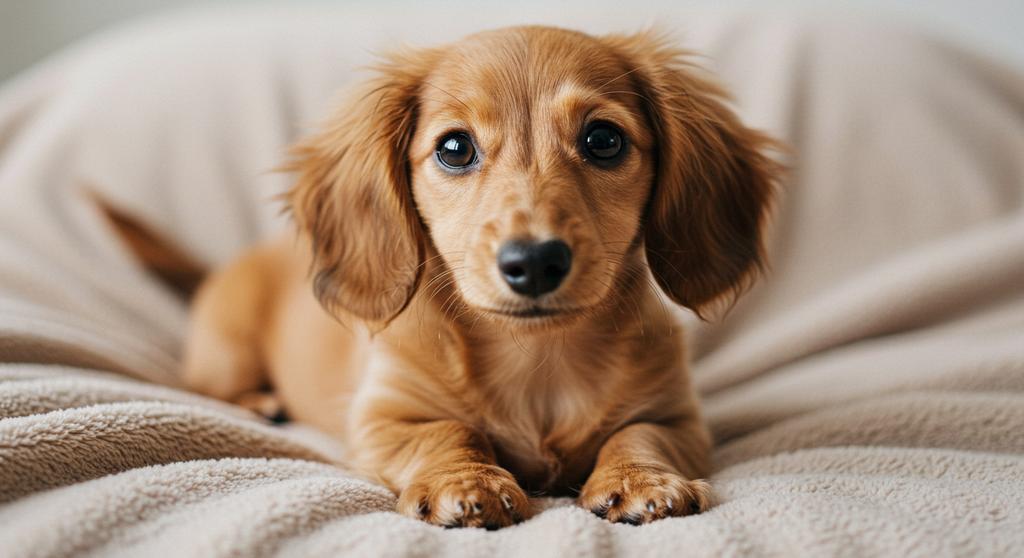
Have you ever caught your pup in the middle of a paw-licking marathon and wondered what’s going on there? It’s something many dog parents notice, and while it can look cute, sometimes it’s a sign worth paying attention to. Whether it’s curiosity, comfort, or an itchy paw, knowing the why behind the lick helps you respond with care, and even bring in some fun solutions from our Woof favorites.
Dogs use their paws for everything—from exploring the world to giving you those irresistible 'please walk me' looks. And when they turn those paws into plush, furry snack-seeking rockets, it might remind you of a spa-day gone wild… for your pup.
Let’s walk through the common reasons behind paw-licking, what it often means, and how a little playful TLC, like using The LickMat with a tasty LickMix, can turn a dull paw-lick into a fun, enriching moment for both of you.
1. Itchiness, Irritation, or Allergies
Just like us, dogs can get itchy feet. Whether it's environmental allergies, food reactions, a rogue blade of grass, or even contact with household cleaning agents, paw licking can help soothe irritation. Common culprits include pollen, lawn chemicals, and dust mites. If you notice redness, swelling, or persistent licking, it's always smart to check in with your vet for peace of mind.
2. Boredom or Anxiety
Sometimes, a paw is more than just a limb—it’s a built-in stress ball. Bored pups or anxious dogs might lick their paws to self-soothe, similar to how some people bite their nails. Try redirecting their focus with mentally stimulating products. A great option? LickMat Starter Pack. It turns licking into a brain-teasing, drool-friendly chill session that helps reduce stress hormones.
3. Dry Skin, Seasonal Changes, or Environmental Conditions
With colder, windier, or drier weather, your pup’s paws can crack or feel rough—licking can be their way of trying to moisturize. Hot pavement in summer, road salt in winter, or frequent swimming can also strip natural oils. Regular paw checks, gentle paw balms, and pairing care time with fun treats makes everyone happier.
4. Pain, Injury, or Foreign Objects
If the licking is focused, intense, or accompanied by limping, that paw might be trying to tell you something more serious—like a cut, thorn, splinter, tick, or even early signs of arthritis. When in doubt, a vet visit ensures you're not missing anything important.
5. Habit or Learned Behavior
Sometimes a dog starts licking for one reason—like an itch—but continues long after the initial cause is gone. It can become a habit reinforced by the soothing feeling or even by attention from their humans. Breaking the cycle with enrichment toys and redirection is key.
How Woof Can Help: Elevate Licking with Fun & Function
Licking can be both soothing and smart when paired with the right tools. Here are some ways Woof turns concern into comfort:
- LickMat Alpha Pack offers multiple textured surfaces to engage curious tongues and provide a satisfying outlet.
- Try adding a lick-safe topper like our Calming LickMix for extra zen during restless evenings or before stressful events like thunderstorms.
- Use a Pupsicle filled with soft treats to give them a safe licking challenge while you perform paw inspections or grooming.
- Make paw-checking time more exciting by offering a lick treat afterward—positive association at its finest.
When to Know It’s Time to Seek Extra Help
While many paw-licking episodes are benign, you’ll want to pay attention if:
- Licking is constant or worsening over several days.
- There’s visible changes in skin color, swelling, or tenderness.
- Your pup is limping, refusing to walk, or showing signs of pain.
- There’s discharge, bleeding, or a foul odor coming from the paw.
Trust your instincts—if something feels off, a vet check helps you sleep better, and gets your furry friend back to feeling their best.
Quick Tips to Reduce Paw-Licking
Here’s a quick, friendly checklist to nibble at:
- Keep nails trimmed and paws clean—woods, mud, ice, or sand can hide irritants.
- Offer interactive distraction with a LickMat or Pupsicle session instead of a static chew.
- Rinse paws after walks in muddy, salty, or allergen-heavy environments.
- Monitor diet and environment—seasonal changes, new treats, or cleaning products can affect skin health.
- Schedule regular vet visits, especially if paw-licking becomes a repeat guest.
Licking is often your dog’s way of talking to you—a little call for comfort, attention, or maybe just a tasty distraction. With mindful care and a sprinkle of Woof treats and tools, you can turn that quirky behavior into a happy, healthy habit.
Here’s to paws that feel good and pups that feel even better—because every lick tells a story, and we’re here to make sure it’s a happy one.
